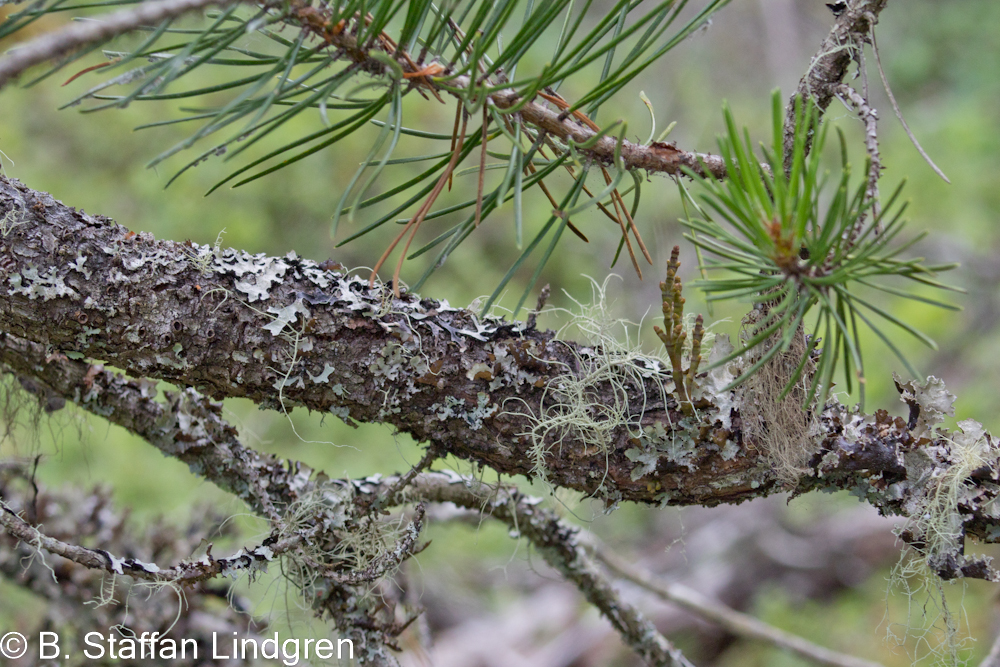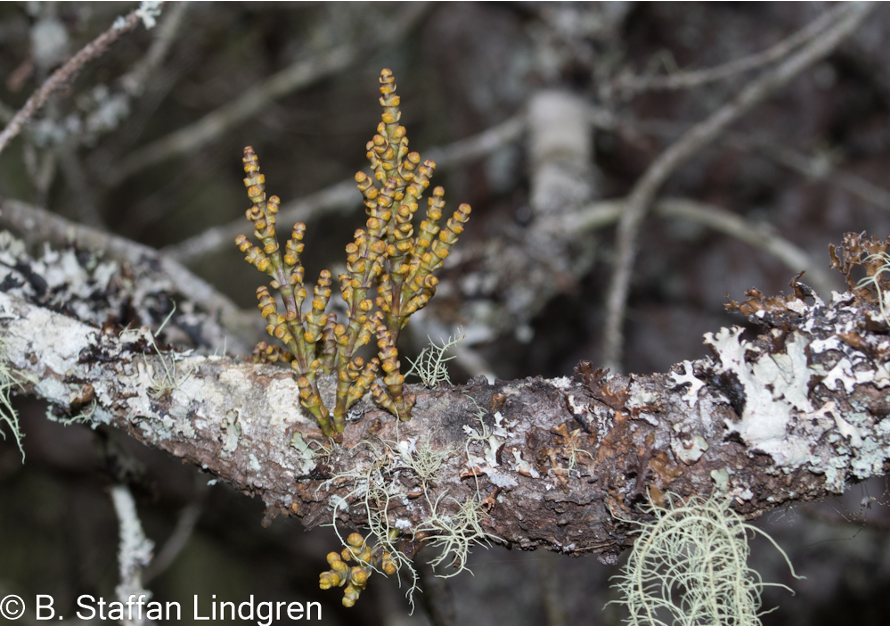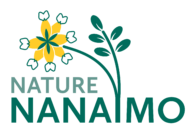Staffan Lindgren | August 4, 2020
Parasitism is without a doubt the most successful of all life strategies. Parasites account for at least half of the earth’s biodiversity, and may have been the evolutionary springboard for higher life (Araujo et al. 2003). A parasite can be considered one of several similar, and often overlapping types of relationships, all of which are grouped into the category of “symbiosis”, or “organisms living together”. Although there is no universally accepted definition of parasitism, commonly offered characteristics of parasites include:
- Usually has only one host in any given life history stage, but may have multiple hosts throughout its entire life history (Bush et al., 2001).
- Metabolic dependence on the host (Matthews, 1998).
- Close association with the host for a large proportion of the parasite’s life cycle (Matthews, 1998).
- Lives at the expense of the host (Bush et al., 2001; Matthews, 1998).
- Rarely kills the host (Bush et al., 2001).
- Frequently equipped with morphological adaptations for a parasitic lifestyle (Askew, 1971)
.

As with all biological systems it is not that clearcut, however. It turns out that some parasites may provide some benefits to their host, e.g., there is increasing evidence that helminth (intestinal worm) infection boosts the immune system (https://asm.org/Articles/2019/April/Helminths-and-Health-Finding-Purpose-in-Our-Old-Fr).
Some parasitic plants are fairly familiar to Vancouver Island naturalists. Examples are Indian pipe (Monotropa uniflora) and spotted coral root (Corallorhiza maculata) along with other members of Corallorhiza orchids, all of which parasitize mycorrhizal fungi, and ground cone (Boschniakia hookeri), a parasite of salal. These are all quite showy in a subdued way, and therefore reasonably easy to spot. There is another genus of parasitic plant that is less obvious, and therefore not mentioned quite as often, even though it is quite common. They have fascinating life histories, are of economic importance, and therefore are worthy of attention. These are the dwarf mistletoes in the genus Arceuthobium. Unlike the leafy or true mistletoes (the ones you are supposed to kiss under) in the genera Phoradendron and Viscum, which produce their own photosynthate and rely on the host only for water and minerals, dwarf mistletoes are almost completely reliant on their host. Dwarf mistletoe shoots do some photosynthesis, but are mainly for reproduction (Logan et al., 2008).

parasiticplants/pdlessons/Pages/Dwarfmistletoes.aspx
A mature plant will produce inconspicuous flowers. Pollen from male plants is wind or insect dispersed. Female plants develop small, green fruits, each containing a single seed. When mature, the fruit will fall off the shoot, and due to hydrostatic pressure the seed then shoots out at speeds up to 100 km/h. Dwarf mistletoes are not the only plants to shoot seeds https://homeguides.sfgate.com/examples-plants-disperse-seeds-shooting-70888.html, but their parasitic life style puts special demands on the adaptations needed for successful reproduction. The hydrostatic force propels the seed up to 10 meters up and 15 meters horizontally. Longer distance dispersal may occur with the aid of birds and mammals (Nichols et al. 1984).
The seed is covered in a viscous, sticky material (viscin) which adheres to the substrate on which it lands. If that is a needle pointing up, it is in business. If not, its life is over, e.g., for the A. americanum (lodgepole pine dwarf mistletoe) seed that landed on me at Bear lake 50 km north of Prince George many years ago. This need for needles means that infection only occurs where needles are present, which is 3-5 year-old growth.

When it rains, the viscin becomes a lubricant, and the seed slides down to the twig or branch. Once there, it waits for spring, then germinates by sending out a radicle. When that encounters an obstacle, e.g., the base of a needle it develops a holdfast. It then penetrates the outer bark by forming a penetration peg. An endophytic system of sinkers and cortical strands then develop within the tissues of the host. The host responds by swelling, which is an early symptom of infection. As the infection develops, brooms and further swelling develops, and aerial shoots become more obvious. These do fall off, leaving only basal cups, which are obvious only up close. The dwarf mistletoe also prevents self-pruning, so low infected branches that would normally die remain on the tree, another symptom that should raise suspicion.
It takes 3-5 years before aerial shoots start developing. The shoots are yellow-green and usually rather inconspicuous. Because of the brooming and effects on growth and wood quality, dwarf mistletoes are considered significant forest pests. Due to the delay in the development of symptoms after infection, they are managed primarily through silvicultural means https://www.for.gov.bc.ca/hfd/pubs/Docs/Lmh/LMH73.pdf.
There are 4 species of dwarf mistletoe in British Columbia. The species we have on Vancouver Island is Arceuthobium tsugense, the hemlock dwarf mistletoe. The photographs accompanying this article is A. tsugense subsp. contortae, a subspecies that infects shore pine (Pinus contorta var. contorta). The other species are A. americanum associated with lodgepole pine; A. douglasii on Douglas-fir, and; A. laricis on western larch.
.
References
Araujo, A., A.M. Jensen, F. Bouchet, K.J. Reinhard and L.F. Ferreira. 2003. Parasitism, the diversity of life, and paleoparasitology. Memorias do Instituto Oswaldo Cruz, 98 Suppl. 1: 5-11.
Askew, R.R. 1971. Parasitic Insects. Heinemann Educational Books, Ltd., London, 316 pp.
Bush, A.O., J.C. Fernández, G.W. Esch, and J.R. Seed. 2001. Parasitism: The Diversity and Ecology of Animal Parasites. Cambridge University Press. Cambridge, U.K. pp. 1-12.
Logan, B.A., E.R. Huhn and D.T. Tissue. 2008. Photosynthetic Characteristics of Eastern Dwarf Mistletoe (Arceuthobium pusillum Peck) and its Effects on the Needles of Host White Spruce (Picea glauca [Moench] Voss). Plant Biology 4: 740-745. https://doi.org/10.1055/s-2002-37396
Matthews, B.E. 1998. An Introduction to Parasitology. Cambridge University Press, Cambridge.
Nicholls, T.H., F.G Hawksworth and L.M. Merrill. 1984. Animal vectors of dwarf mistletoe, with special reference to Arceutbobium americanum on lodgepole pine. In: Biology of dwarf mistletoes. Gen. Tech. Rep. RM-111. Fort Collins, CO: U.S. Department of Agriculture, Forest Service, Rocky Mountain Forest and Range Experiment Station: 102-110.
